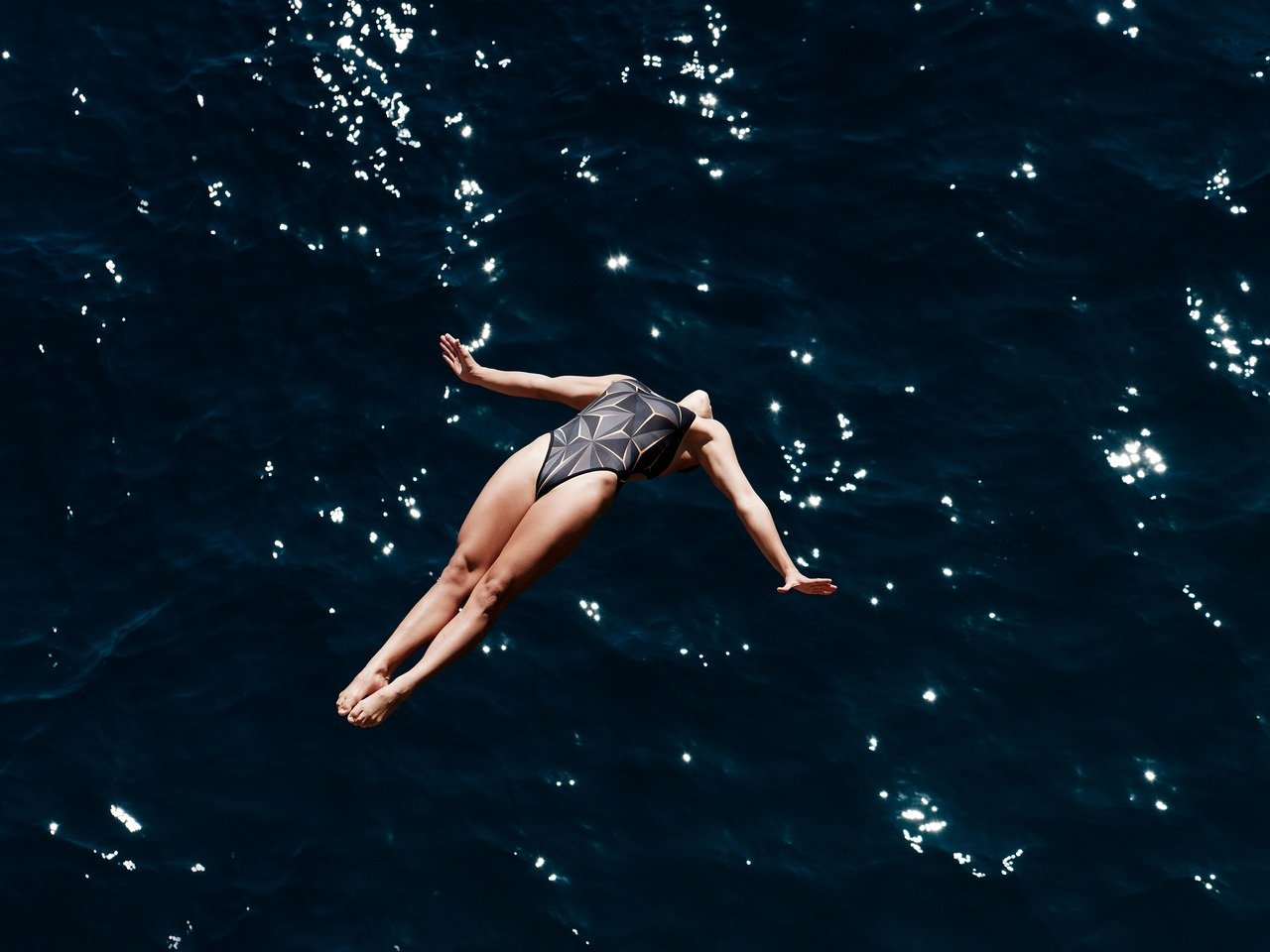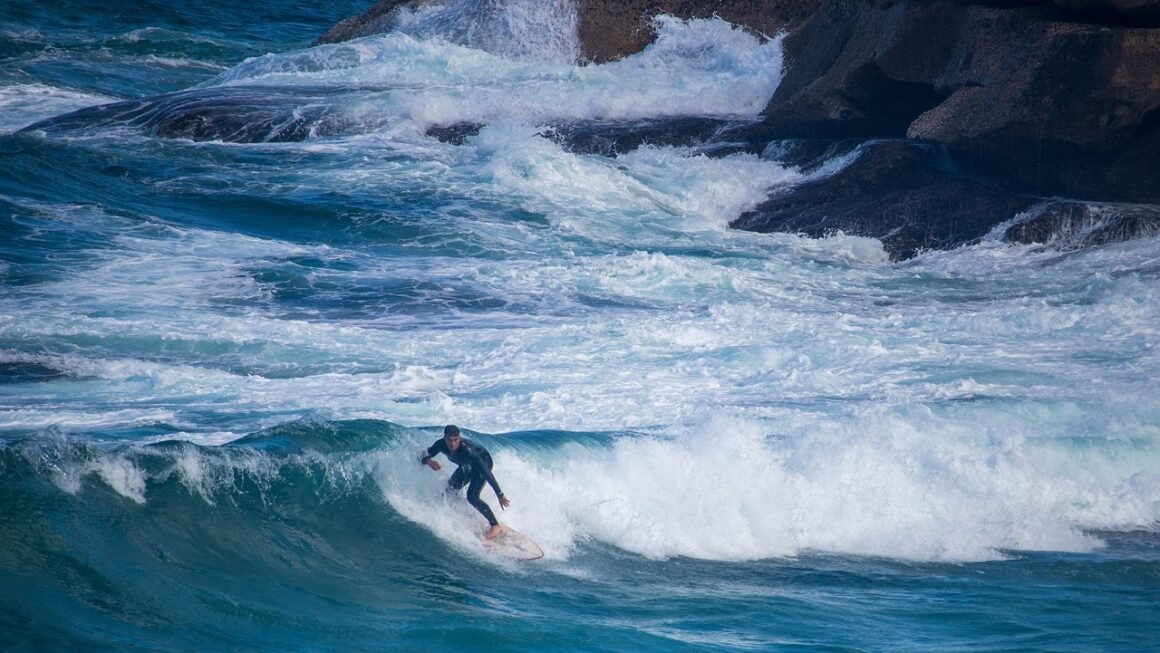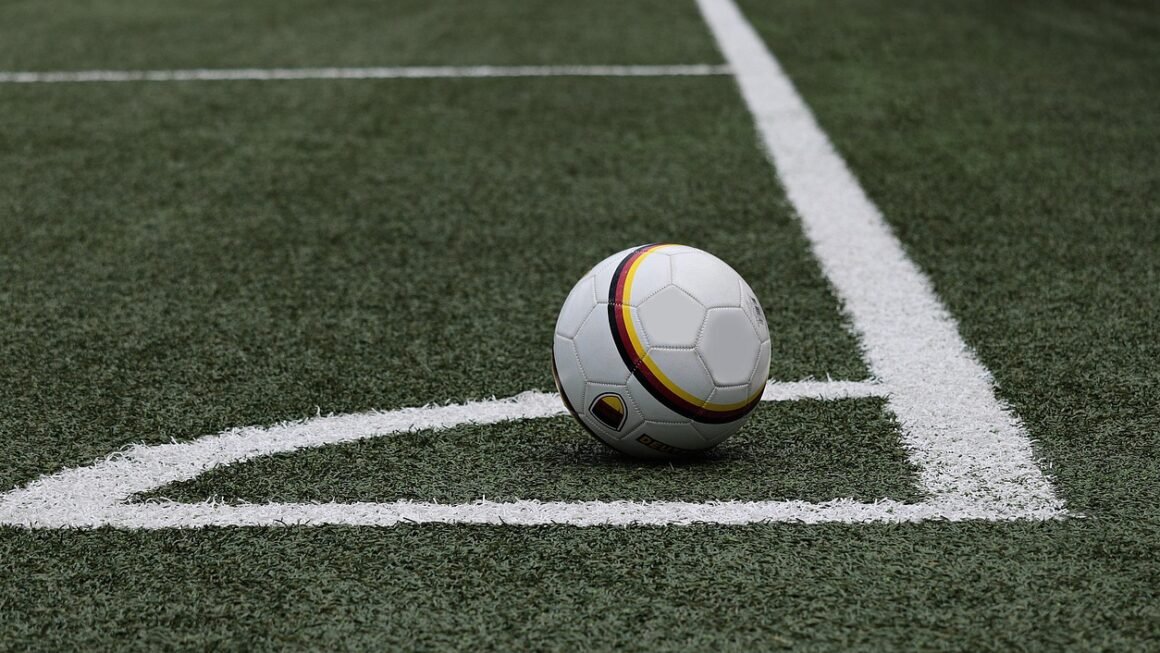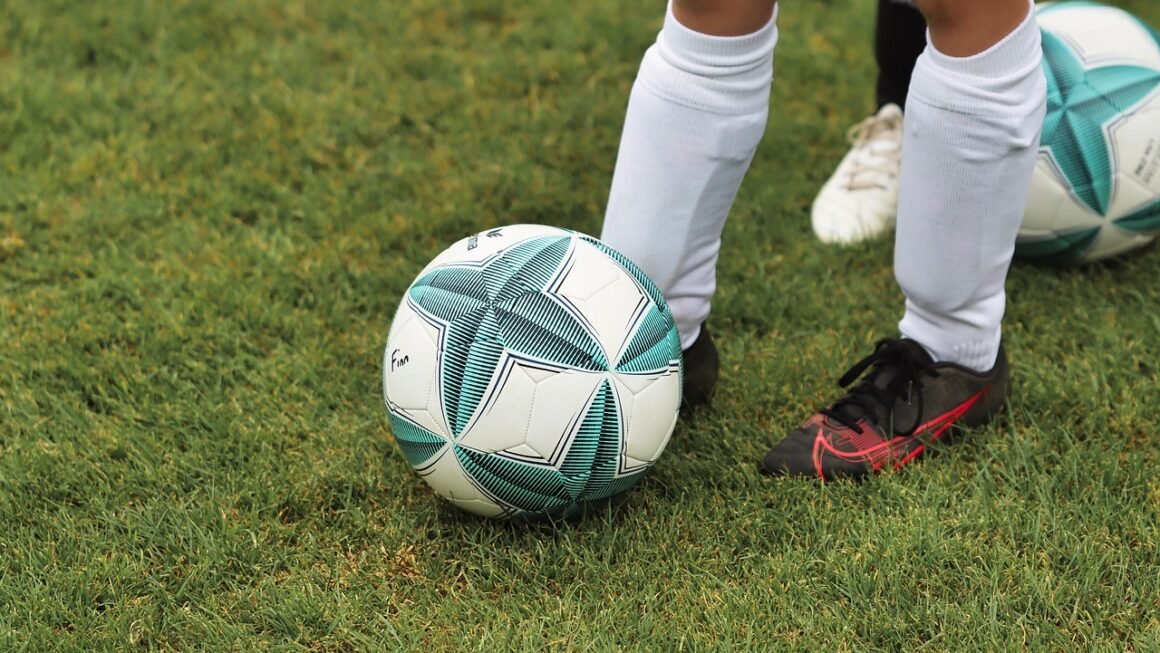Drawn to the silent, blue depths? Yearning for a deeper connection with the ocean? Freediving, the art of underwater exploration on a single breath, offers just that. More than just a sport, it’s a journey of self-discovery, mindfulness, and pushing the boundaries of human potential. This article delves into the captivating world of freediving, exploring its various aspects and guiding you towards your own breathtaking underwater adventures.
What is Freediving?
Definition and Scope
Freediving is a form of underwater diving that relies on a diver’s ability to hold their breath until resurfacing, rather than using breathing apparatus such as scuba gear. It encompasses a variety of disciplines, from recreational snorkeling and spearfishing to competitive depth diving.
- Key Difference from Scuba Diving: The reliance solely on breath-holding defines freediving.
- Disciplines: Include static apnea (breath-holding while stationary), dynamic apnea (swimming horizontally underwater), free immersion (pulling oneself down a rope), and constant weight (diving with fins or a monofin).
Benefits of Freediving
Freediving offers a wealth of physical and mental benefits, making it a popular choice for those seeking adventure and personal growth.
- Improved Cardiovascular Health: Breath-holding triggers physiological responses that can strengthen the cardiovascular system. For example, the mammalian diving reflex slows the heart rate and redirects blood flow.
- Increased Lung Capacity: Regular freediving training can improve lung elasticity and efficiency.
- Stress Reduction: The focus and mindfulness required for breath-holding can promote relaxation and reduce stress levels. The meditative aspect of diving into the silent underwater world is a key draw for many practitioners.
- Mental Discipline: Freediving requires immense mental control and focus, enhancing discipline and concentration.
- Connection with Nature: Freediving allows for a unique and intimate connection with the marine environment. Imagine gliding silently alongside marine life, observing their natural behaviors undisturbed.
- Enhanced Self-Awareness: Pushing physical limits requires a deep understanding of one’s own body and mind.
Getting Started with Freediving
Finding a Certified Instructor
The first and most crucial step is to find a reputable and certified freediving instructor. Look for instructors certified by recognized organizations such as:
- PADI (Professional Association of Diving Instructors): Offers a range of freediving courses, from beginner to advanced.
- SSI (Scuba Schools International): Another globally recognized agency with comprehensive freediving programs.
- AIDA (Association Internationale pour le Développement de l’Apnée): The primary governing body for competitive freediving, offering certifications for recreational divers as well.
A good instructor will provide a safe and supportive learning environment, teaching essential skills and safety protocols.
Essential Equipment
While freediving can be done with minimal gear, having the right equipment significantly enhances safety and performance.
- Mask: A low-volume mask that sits close to the face for easy equalization.
Example: Many freedivers prefer masks specifically designed for freediving because they minimize air space, reducing the amount of air needed to equalize pressure.
- Snorkel: A simple J-shaped snorkel.
- Fins: Long, flexible fins designed for efficient propulsion underwater.
Example: Fiberglass or carbon fiber fins are popular choices for experienced freedivers due to their superior performance and efficiency.
- Wetsuit: Provides thermal protection and buoyancy. The thickness of the wetsuit depends on the water temperature.
- Weight Belt: Used to counteract buoyancy and facilitate descent.
- Dive Computer (Optional): Provides information on depth, dive time, and surface interval.
Basic Techniques and Safety Rules
Learning the fundamentals is critical for a safe and enjoyable freediving experience.
- Equalization: Mastering equalization techniques to equalize pressure in the ears and sinuses is essential.
Techniques: Valsalva maneuver, Frenzel maneuver, and mouthfill technique.
- Proper Breathing Techniques: Learning how to breathe efficiently to maximize oxygen intake and minimize carbon dioxide buildup.
- Buddy System: Always dive with a buddy who can monitor your safety and provide assistance if needed.
- Surface Intervals: Taking adequate surface intervals to allow the body to recover and replenish oxygen stores.
Example: A general rule of thumb is to have a surface interval that’s at least twice as long as the dive time.
- Never Dive Alone: This cannot be overstated. The buddy system is a non-negotiable safety rule.
- Know Your Limits: Be aware of your physical and mental limitations and never push yourself beyond your comfort zone.
- Proper Buoyancy: Achieve neutral buoyancy at a specific depth to conserve energy and reduce the risk of accidents.
Freediving Disciplines
Static Apnea (STA)
- Description: Holding your breath for as long as possible while floating motionless on the surface of the water or submerged in a pool.
- Focus: Mental discipline, relaxation, and breath-holding capacity.
- Example: Practicing relaxation techniques like meditation and visualization can significantly improve static apnea performance.
Dynamic Apnea (DYN)
- Description: Swimming horizontally underwater for the greatest distance possible on a single breath.
- Disciplines: DYN with fins (DYN) and DYN without fins (DNF).
- Focus: Streamlining, efficient swimming technique, and breath-hold endurance.
- Example: Improving your swimming technique and finning efficiency can help you cover more distance with less energy expenditure.
Free Immersion (FIM)
- Description: Descending and ascending along a line using only your arms to pull yourself down and up.
- Focus: Upper body strength, technique, and breath-hold capacity.
- Example: Practicing proper arm-pull technique and minimizing drag can help you conserve energy and dive deeper.
Constant Weight (CWT)
- Description: Descending and ascending with the same weight throughout the dive, using fins or a monofin for propulsion.
- Disciplines: CWT with fins (CWT) and CWT with a monofin (CWT mono).
- Focus: Leg strength, efficient finning technique, and breath-hold capacity.
- Example: Developing strong leg muscles and refining your finning technique can help you achieve greater depth with less effort.
Advanced Freediving Techniques and Training
The Mammalian Diving Reflex
Understanding and harnessing the mammalian diving reflex (MDR) is crucial for advanced freediving.
- Description: A set of physiological responses triggered by submersion in water, including:
Bradycardia (slowing of the heart rate)
Peripheral vasoconstriction (constriction of blood vessels in the extremities, redirecting blood flow to vital organs)
* Blood shift (movement of blood into the chest cavity to protect the lungs from pressure)
- Training: Practicing static apnea and dynamic apnea can enhance the MDR.
Packing and Reverse Packing
Advanced equalization techniques like packing and reverse packing allow divers to equalize at greater depths.
- Packing: Using muscles in the mouth and throat to force more air into the lungs. This increases lung volume before the dive.
- Reverse Packing: Moving air from the lungs to the mouth and throat to equalize pressure during ascent.
- Caution: These techniques should only be learned under the guidance of an experienced instructor, as they can be dangerous if performed incorrectly.
Mental Preparation and Visualization
Mental preparation is just as important as physical training in advanced freediving.
- Visualization: Mentally rehearsing the dive, from the surface breath to the ascent, can help reduce anxiety and improve performance.
- Meditation: Practicing mindfulness and meditation can improve focus, reduce stress, and enhance breath-holding capacity.
- Positive Self-Talk: Using positive affirmations and self-talk can boost confidence and motivation.
Conclusion
Freediving offers a unique blend of adventure, physical challenge, and mental discipline. Whether you’re drawn to the serene beauty of the underwater world or the pursuit of personal growth, freediving can be a transformative experience. Remember to prioritize safety, seek qualified instruction, and always respect the marine environment. Embrace the journey, explore your limits, and discover the incredible potential that lies within. Dive deep, breathe, and connect with the ocean in a way you never thought possible.



